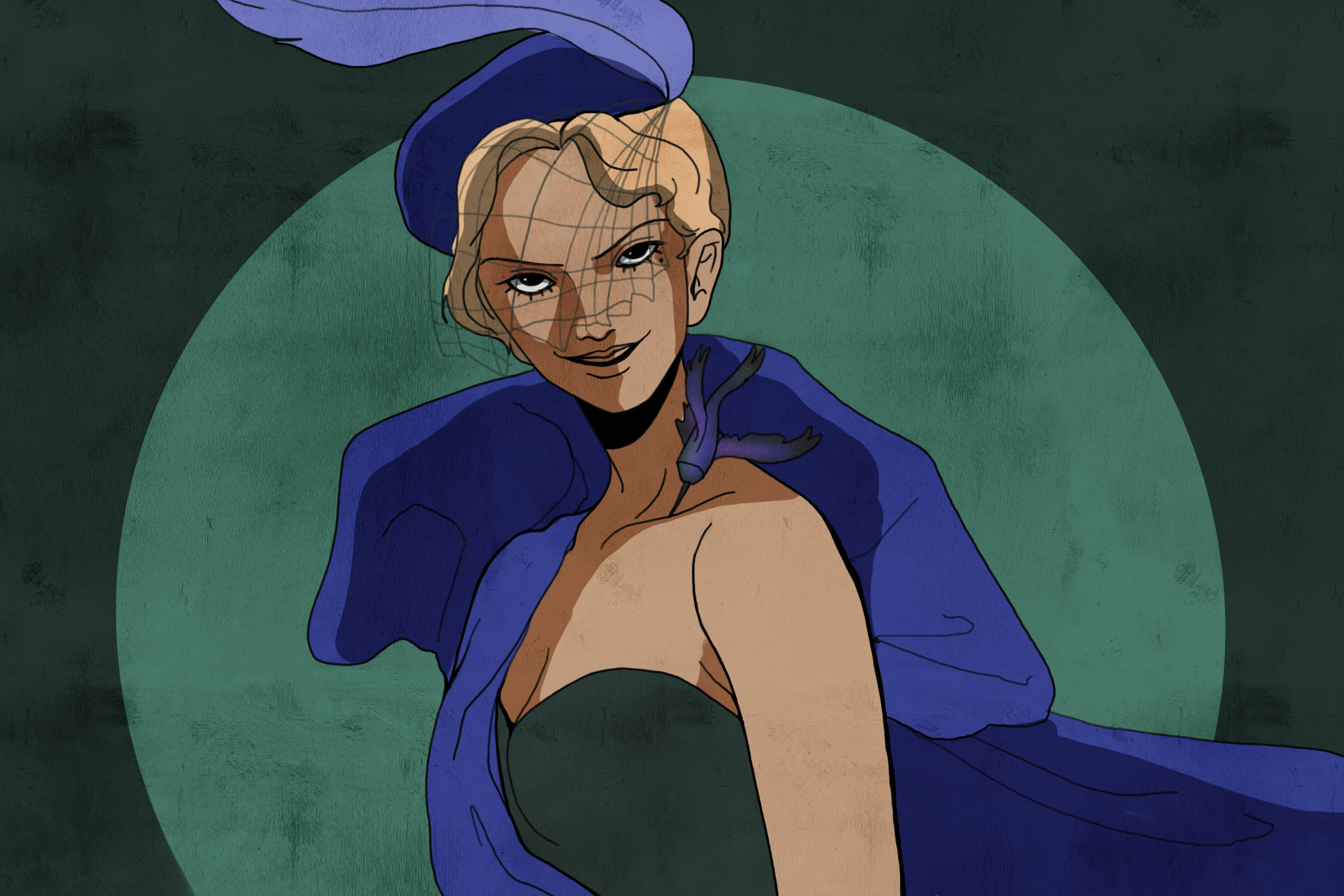The Met Gala is often regarded as the most important fashion event of the year, where the world’s celebrities come together under a given theme, to showcase spectacular looks carefully crafted by today’s top stylists and fashion houses.
The glitz and glamour are an undeniably breathtaking display of couture and art But this year’s Gala left behind a bitter taste, as the wider audience emphasized the juxtaposition between the Gala’s metaphorical and literal underpinnings and the economic and social inequality in the world at large.
Firstly, what exactly is the Met Gala and what is its purpose? The Gala, formally called the Costume Institute Benefit, is a yearly event hosted by the Costume Institute of the Metropolitan Museum of Art in New York City to raise money for charity designated to its operation.
The charity funds are gained through ticket sales to those on the exclusive invite list, which this year cost a whopping $75,000 USD each, totalling $26 million USD in earnings for the charity. Attendees are expected to dress in accordance with the Gala’s theme, and the 2024 dress code was ‘The Garden of Time’ — inspired by J.G. Ballard’s 1962 short story of the same name.
Some celebrities’ looks were truly impressive. Tyla stunned in a body-contouring Balmain gown made out of sand, complemented by sandy makeup on her body, an hourglass clutch bag, and dangly pearly-pink nails. She cleverly touched on the ‘time’ element from ‘The Garden of Time,’ while her fellow attendees focused more heavily on the ‘garden’ portion of the theme.
Sabrina Carpenter also caught my eye in a gorgeous Oscar de la Renta mermaid gown. The gown featured a tight black bodice that reached below her waist, paired with an enormously puffy satin skirt that trailed behind her like a cloud. She too stepped away from the florals and evoked water and air, following the Costume Institute’s themes on the natural world. I couldn’t help but imagine myself wearing the dress too.
The Met Gala is a beautiful display of fashion and elegance. However, during times like these, when war rages, hunger is rampant, homelessness persists, and inequality increasingly affects our everyday lives, it leaves behind a queasiness that’s hard to shake. The Gala’s beauty was understandably overshadowed by some of the world’s harrowing realities which have recently dominated the cultural conversation, especially on social media.
Since October 7, there has been a global focus on Israel and Palestine, as people circulate images of bloodied and deceased innocent civilians online and make calls to action towards divestment from companies supporting Israel’s military.
While celebrities gathered in New York for the Met Gala and people tuned in to watch from across the world, Israel was preparing to seize Rafah — a city in Southern Gaza — which would block the flow of humanitarian aid into the Gaza Strip. These two events simultaneously happening in New York and Rafah created a disturbing dichotomy, as admirers of fashion, such as myself, viewed the Gala as more a symbol of inequality than of couture.
Many compared the Gala and the war between Israel and Gaza to the fictional Hunger Games. In the book’s dystopia, the Capitol’s lavishly dressed and well-fed citizens facilitate the impoverishment of citizens in other districts. The Capitol’s citizens invest in and feed off of the spectacle by sentencing the other districts’ children to death — all for their entertainment. Similarly, the Gala’s beautiful, over-the-top guests wining and dining contrasted sharply with the reality of Palestinians facing death in the Gaza Strip.
Just outside the Gala, a pro-Palestinian group chanted “Rafah” and “Gaza.” The group was met with police resistance and turned attention towards the atrocities. This, along with the US’ significant support for the Israeli military, sealed the comparison; the Met Gala and the US mirrored the Hunger Games Capitol’s relationship with other districts all too closely.
TikTok influencer Haley ‘Baylee’ Kalil, for example, lip-synced to “let them eat cake” while creating pre-Gala content in a white and pink floral Marie Antoinette-style Marc Bouwer ensemble. Her TikTok left people feeling like she and the celebrities attending the Gala were oblivious to the daily suffering of ordinary people. It appeared to me like a big “fuck you,” to those facing danger and insecurity, while she and the Gala attendees pranced around in their fancy clothes. Furthermore, with surging food and petrol prices affecting the average American, her comment could cut deep to those just a few blocks away from the event.
I couldn’t help but agree with social media’s anger towards the Gala. While I understand that conserving the Costume Institute through hosting the Gala is necessary for keeping the art world profitable, it comes off as a tone-deaf event that ignores the plight of the most powerless people. Recognizing what is happening in the world wouldn’t solve the inequality between them and the rest of the world, but it would at least show self-awareness and support of public resistance.
While war and inequalities have always existed, with the increased visibility of the world’s ails on our smartphones, there simply doesn’t seem to be an excuse to turn a blind eye to them. At the very least, those in positions of ‘influencing’ power should vocalize the irony of a Met Gala, but the quiet so far is deafening.



No comments to display.